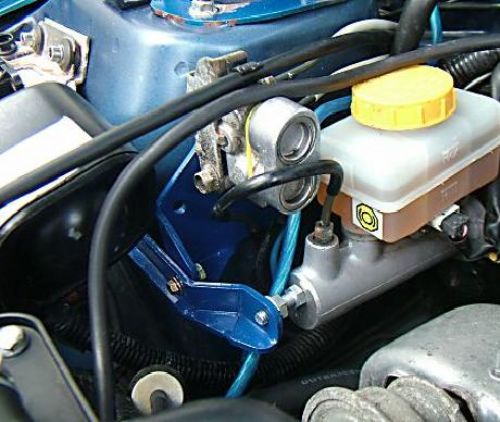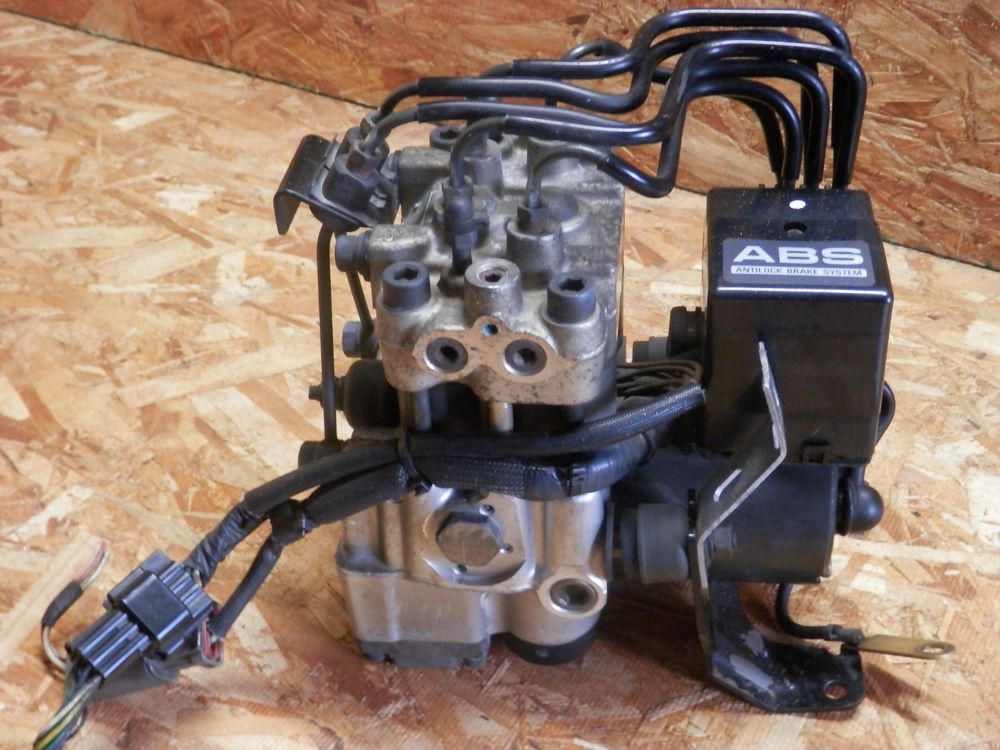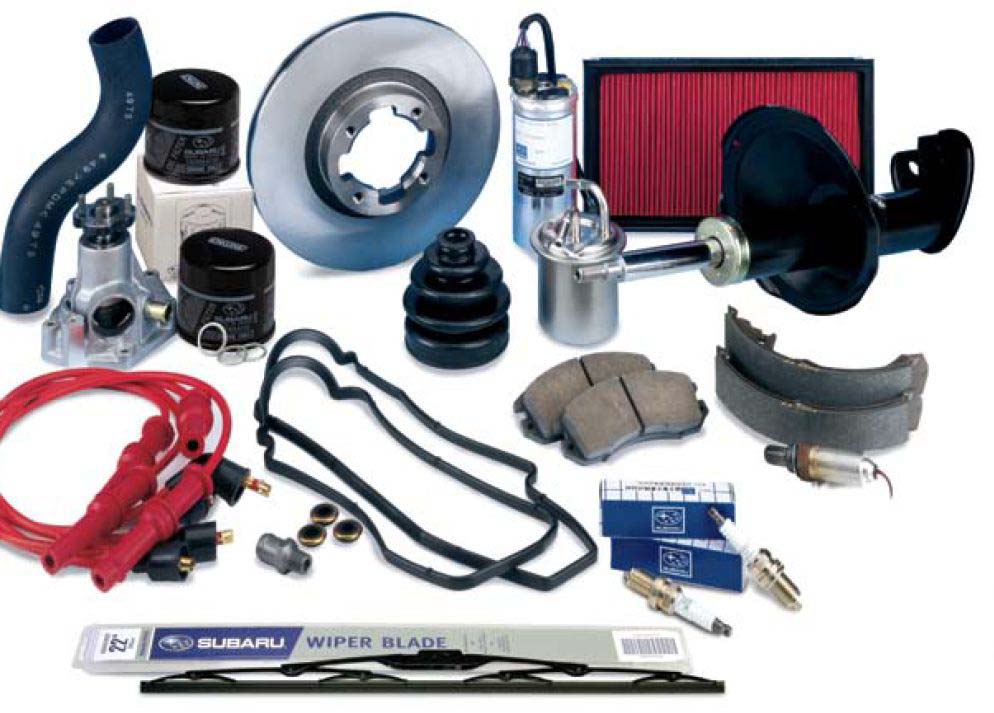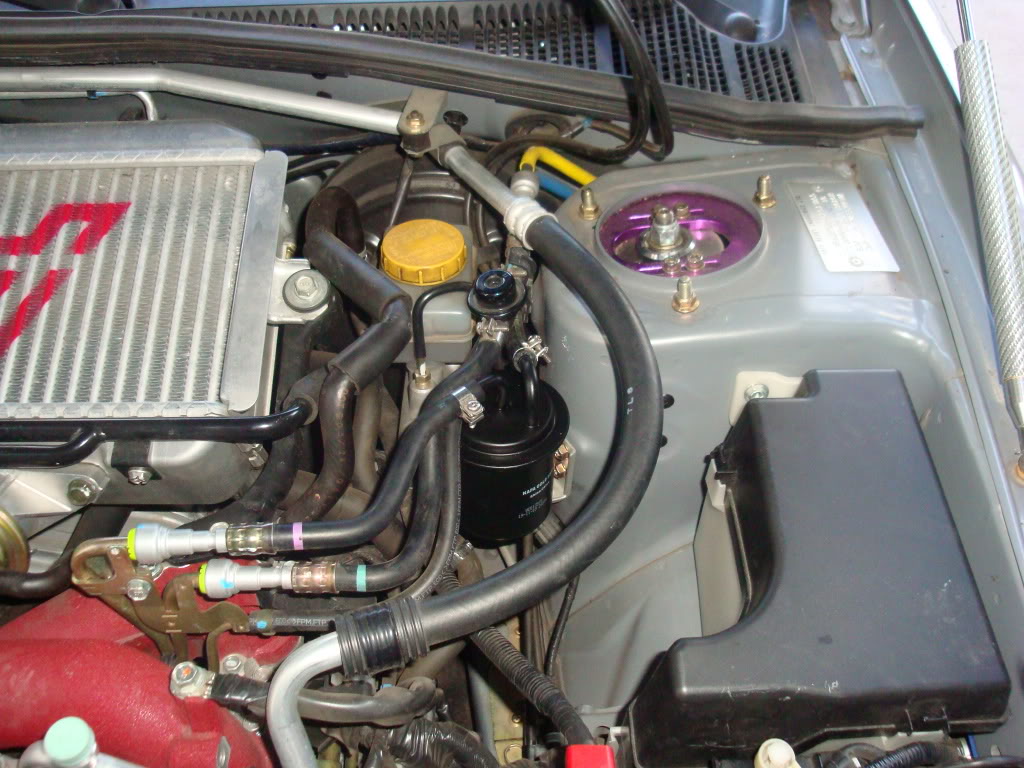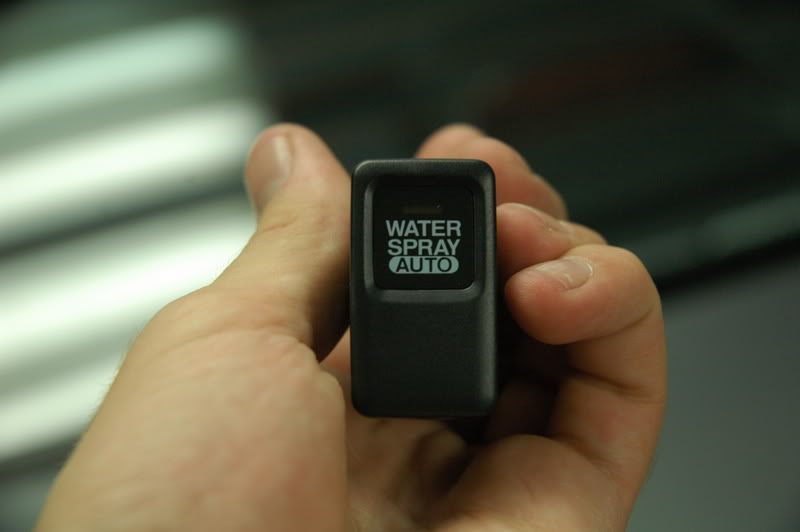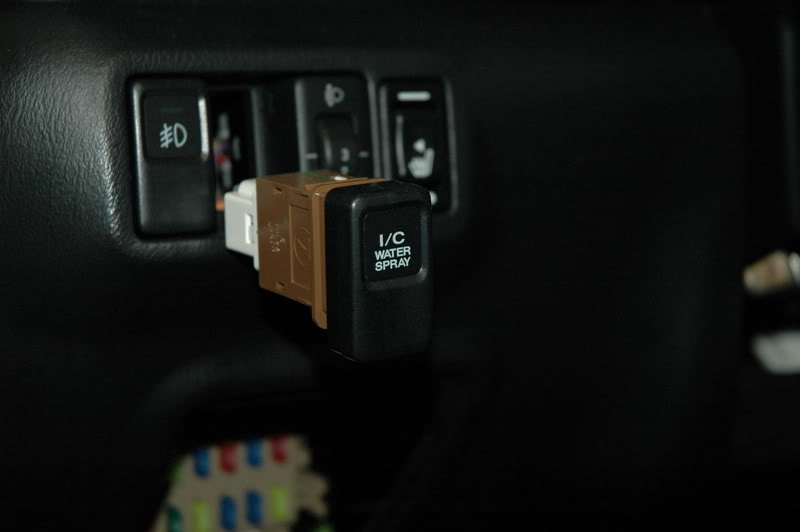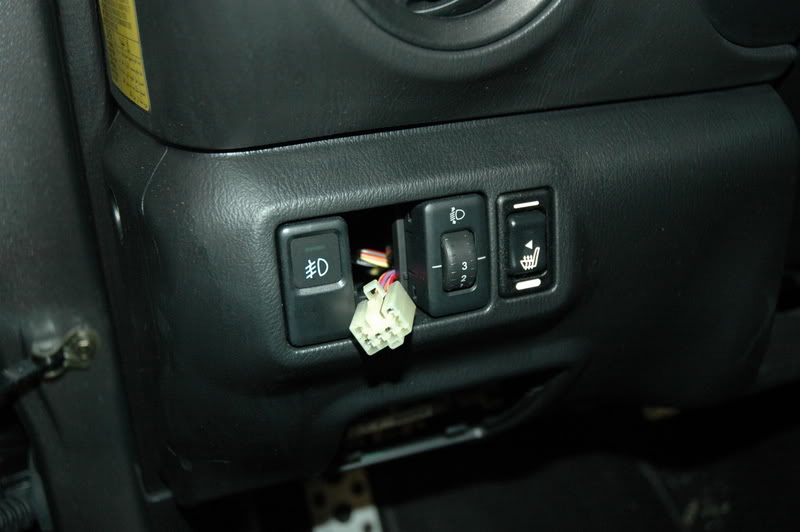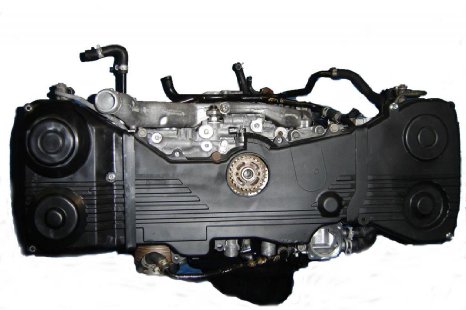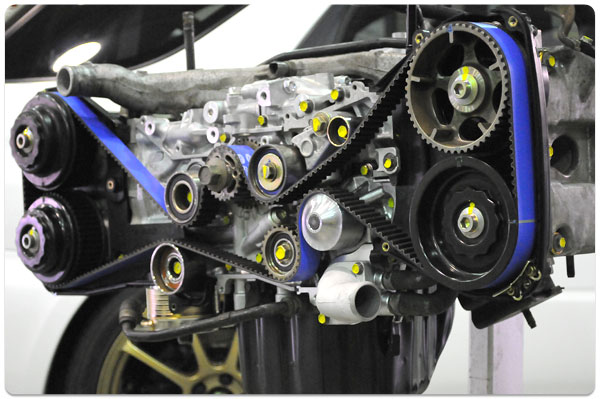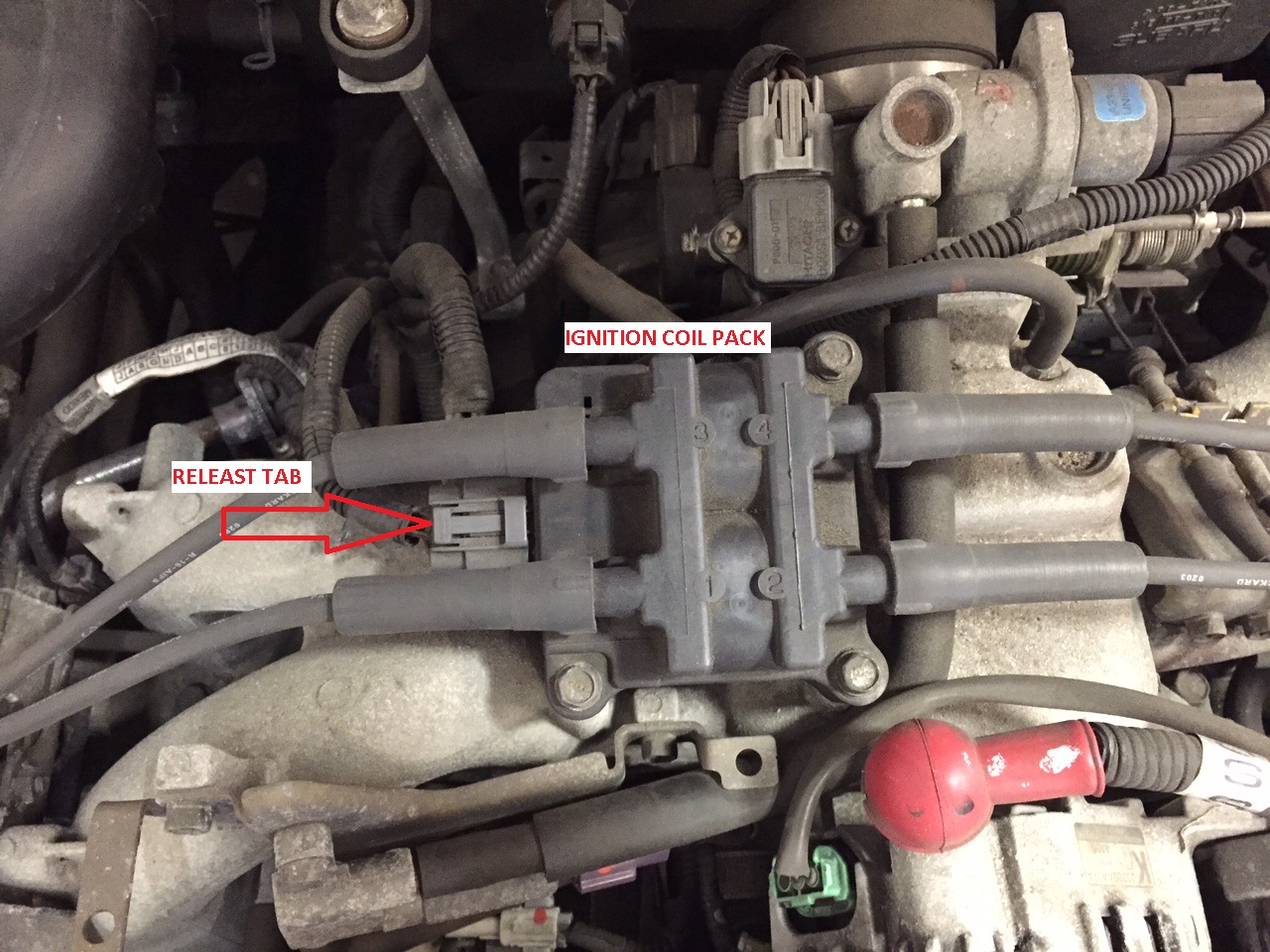Antilock Brake System for Early Subarus:
ABS Service And Brake Bleeding Procedures:

Always check the fluid level of the master cylinder and bleed the wheel cylinders following the procedure listed in the service manual. When the HCU has been removed and/or replaced, the fluid must be drained. Replace the cone screws with bleed screws and attach a hose to drain fluid to a container.
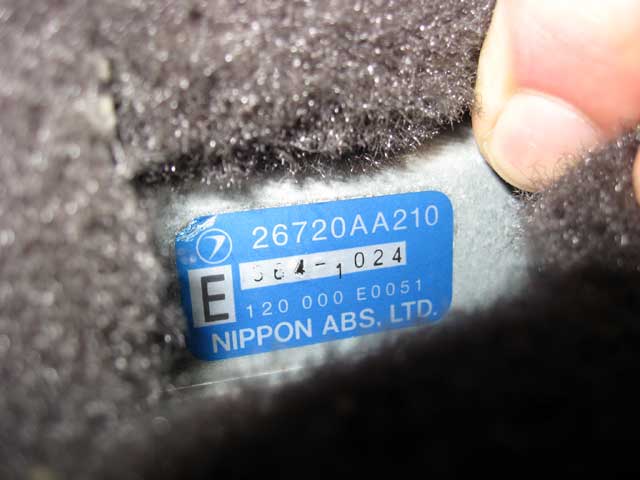
Use extreme care when performing this procedure to prevent damage to the internal components of the HCU. Do not apply AV signal for more than 5 seconds for each application. If no AV signal is received, it is not necessary to close bleed screw between brake pedal applications.
Antilock Brake System Notes and Cautions:
The ECU on early Subaru ABS systems can only display one trouble code–the lowest numbered code. Correct the fault indicated by the trouble code and recheck ECU for another code. Repeat the self-diagnostic procedure listed above, and the next highest code will be displayed. Refer to the appropriate model year service manual for the trouble codes and corrective actions. While the ABS ECU is in the fault mode, the ABS will go to fail-safe and remain passive under all braking conditions. The brake system will function as a conventional power-assisted system without ABS.

